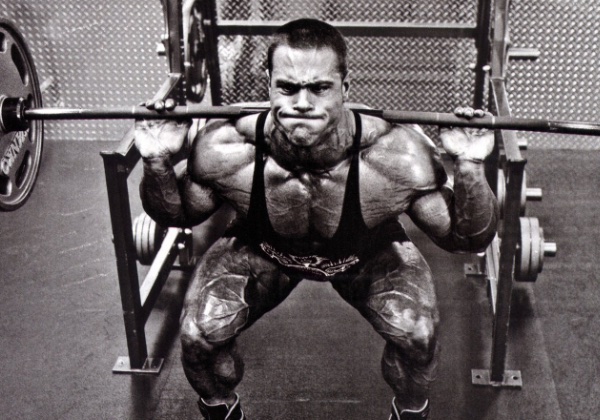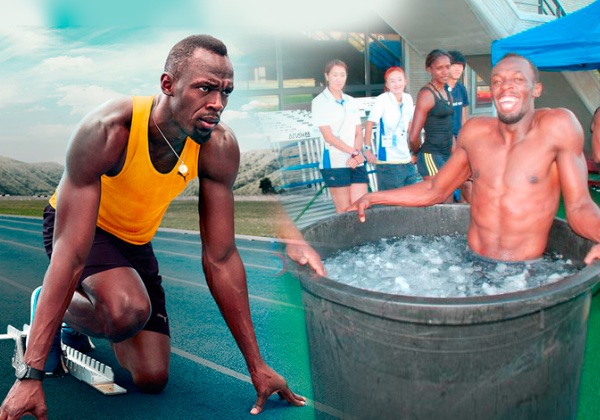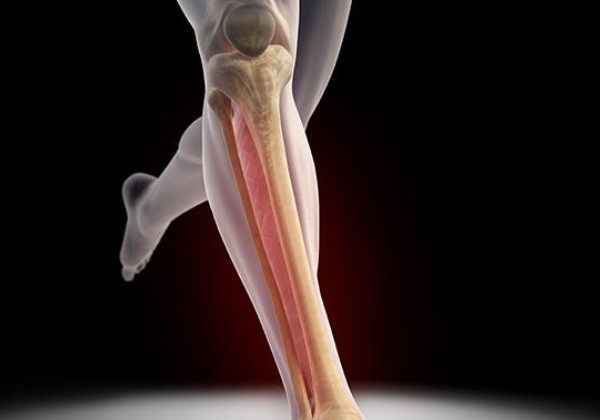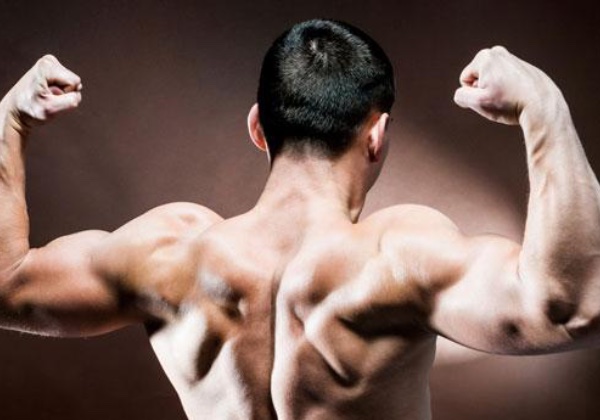Squat into Pooing Success – Addressing Constipation
From an anatomical standpoint the problem lies in your pelvic floor health which I’ll explain in more detail shortly. However, if I told you the purpose of a squat is not actually for working out you’d probably think I’m crazy. For years it’s been a staple in every lifter’s workout assuming they don’t skip leg day. Days of agony from stiff legs after a good squat may seem like further evidence against my point. Hear me out though. Before the invention of the toilet, how do you think we pooped?








